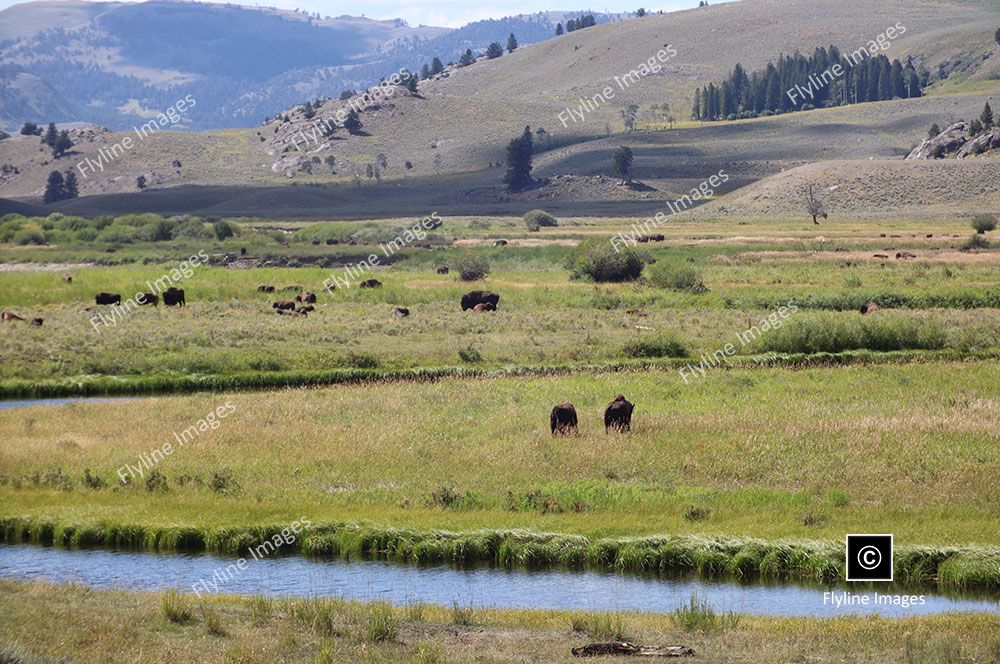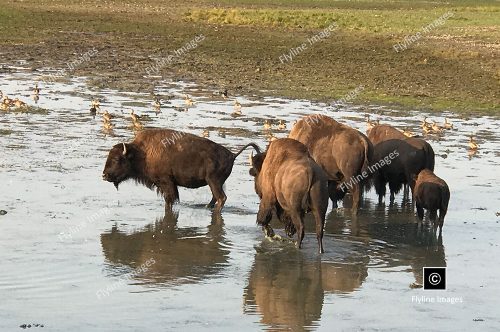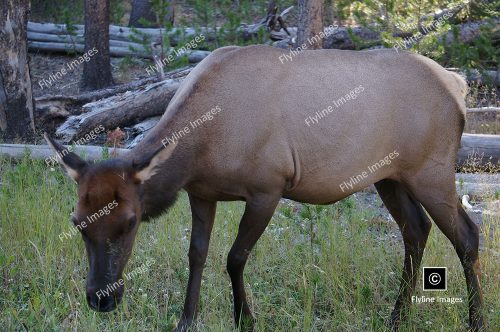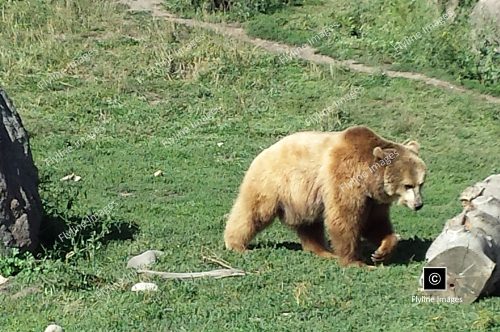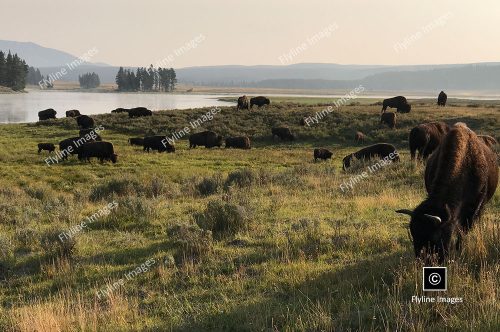The Slough Creek buffalo herd, located in the picturesque landscapes of Yellowstone National Park, is a remarkable sight for visitors and wildlife enthusiasts.
Buffalo 1605
$5.00
Description
The Slough Creek buffalo herd, located in the picturesque landscapes of Yellowstone National Park, is a remarkable sight for visitors and wildlife enthusiasts. This herd of majestic American bison roams freely across the meadows and rolling hills of the Slough Creek area, embodying the untamed spirit of America’s wilderness. Known for their impressive size and iconic humpbacked silhouette, these buffaloes play a crucial role in the park’s ecosystem. Witnessing the Slough Creek buffalo herd grazing, socializing, or simply meandering through their natural habitat provides a glimpse into the vital conservation efforts that maintain these magnificent creatures for future generations.
Not only is the Slough Creek buffalo herd a sight to behold, but it also holds great cultural and historical significance. American bison have long been a symbol of the American West and are deeply ingrained in Native American cultures. For centuries, these animals provided sustenance, shelter, and clothing for various Indigenous tribes. The preservation of this iconic species at Yellowstone National Park not only protects their physical presence but also honors the deep-rooted connections they hold with Native communities.
The history of bison at Yellowstone dates back to 1902 when the park established its first herd from just 23 individuals. Today, the population has grown to over 4,000 buffaloes thanks to extensive conservation efforts and strict management policies. This growth has been a vital success in the restoration of the species, which was once on the brink of extinction due to widespread hunting and habitat destruction.
Visitors to Yellowstone National Park can learn more about the Slough Creek buffalo herd through various educational programs and tours offered by the park. These experiences provide insight into the behavior, biology, and cultural significance of these magnificent creatures. Additionally, visitors can support ongoing conservation efforts by donating to organizations that work towards protecting and preserving bison populations.
The Slough Creek buffalo herd is not just a tourist attraction but a symbol of resilience, preservation, and cooperation between humans and nature. As we continue to strive towards conservation and sustainability, these iconic creatures will continue to roam freely at Yellowstone National Park, reminding us of the importance of protecting our natural world. So next time you visit this beautiful park, take a moment to appreciate and learn from the magnificent Slough Creek buffalo herd.
Image & Download Information
For this product, we have provided 3 image size options, Large 4000 x 2500, Medium 2000 x 1250 and Small 1000 x 625. When you purchase this photo, you will receive an email confirmation of your order. That email will summarize your purchase and provide you with the download links for the images and videos you purchased.
BUFFALO HERDS IN YELLOWSTONE NATIONAL PARK
The bison herds of Lamar Valley in Yellowstone National Park are a testament to successful wildlife conservation efforts. This majestic valley, often referred to as “America’s Serengeti,” is one of the best places in the world to observe wild bison in their natural habitat. The herds here have flourished, roaming freely across an expansive landscape that closely resembles the environment these creatures encountered hundreds of years ago. Visitors to Lamar Valley are frequently treated to the sight of these iconic animals grazing among the valley’s grasslands, showcasing the resilience of bison and the critical importance of protected areas for species recovery.
Located in the northwest corner of Wyoming, Yellowstone National Park is a vast expanse of protected wilderness spanning over 3,400 square miles. It was established in 1872 as the first national park in the United States and is widely recognized as one of the most iconic and biodiverse regions in North America. The park is home to over 60 species of mammals, including bison, grizzly bears, wolves, elk, and pronghorn. It also boasts more than 300 species of birds and a variety of fish and reptiles.
Yellowstone’s rich biodiversity is due in part to its diverse ecosystems, which range from alpine tundra to subalpine forests and grasslands. The park’s location at the intersection of three major ecosystems – the Northern Rockies, Great Plains, and Intermountain West – creates a unique habitat that supports a wide range of species. However, it is the preservation of these ecosystems through conservation efforts that has allowed Yellowstone’s wildlife to thrive.
In addition to being a haven for bison, Lamar Valley is also a vital home for many other species. The open grasslands and wetlands provide essential habitat for elk, which in turn attracts predators such as wolves and grizzly bears. The valley is also home to a plethora of bird species, including sandhill cranes, bald eagles, and western meadowlarks. These diverse habitats contribute to the overall health of the ecosystem and make Lamar Valley an important area for ecological research and study.
Beyond its role as a wildlife sanctuary, Lamar Valley is also a popular destination for outdoor enthusiasts and nature lovers. Hiking trails and scenic drives offer opportunities to explore the valley’s stunning landscapes and observe wildlife in action. Visitors can often spot bison crossing rivers or grazing on grasslands, providing an up-close and personal experience with these iconic creatures. The valley is also a prime location for camping, allowing visitors to immerse themselves in the beauty of Yellowstone’s wild landscapes.


